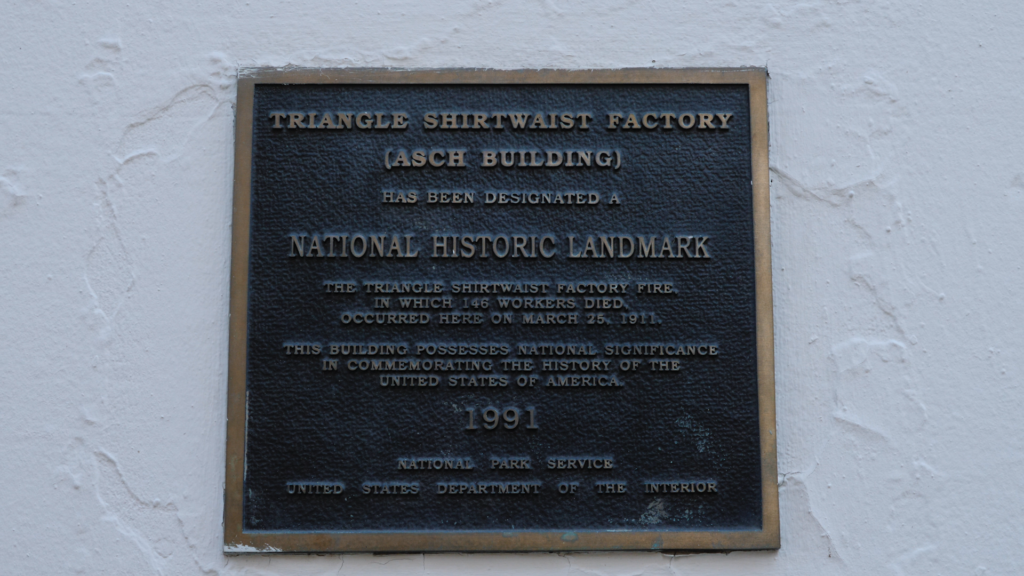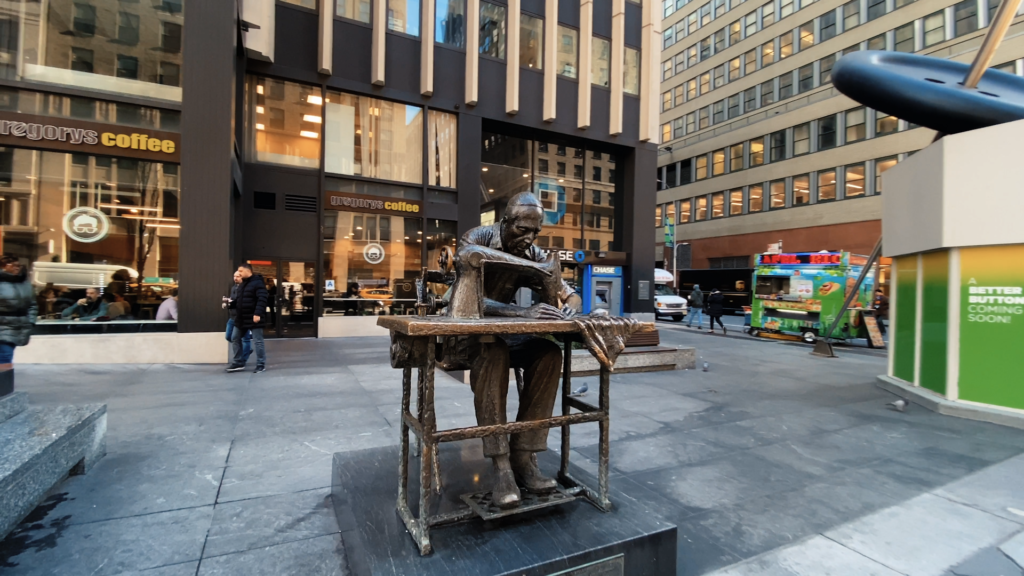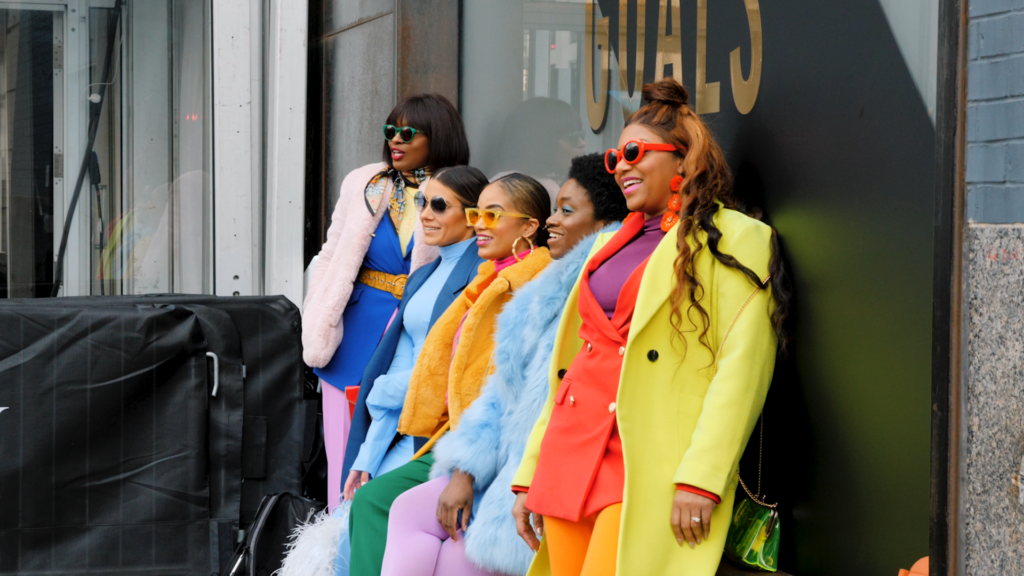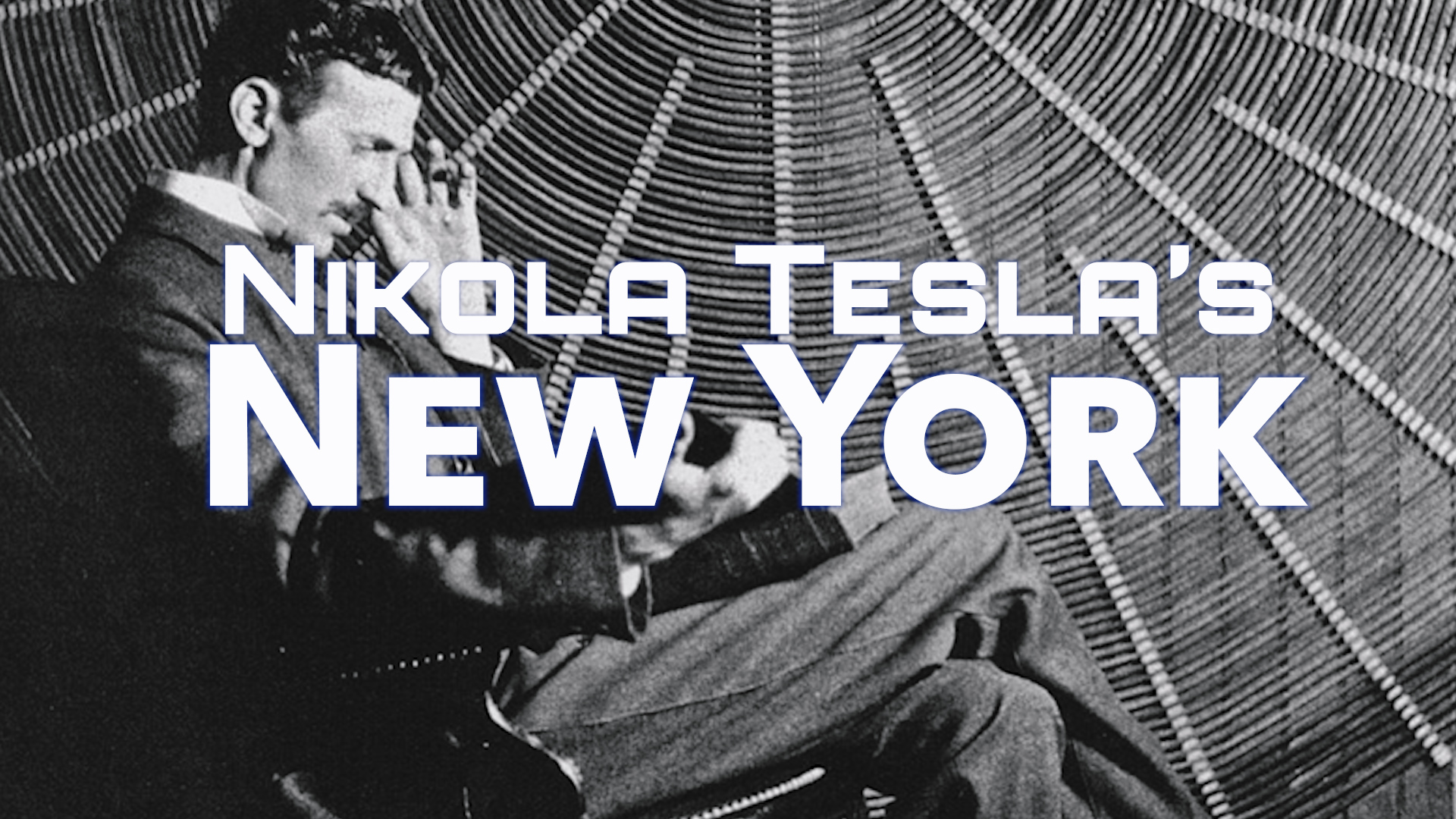It’s easy to dismiss fashion as a frivolous topic solely to sell millions of clothes off the racks in department stores across the world. At the dawn of the 20th century five forms of mass media rocked the world as we know it. Radio. Television. Cinema. The Internet. And Fashion.
That’s right. The industry that is worth $2.4 trillion today—yes that is trillion with a ’t’—helped spread ideas of female empowerment, freedom of self-expression with subcultures such as punk and the LGBTQ+ revolution, to blurring the line between different classes of society.
Fashion is mass media. But instead of watching, listening, or browsing. You are wearing it.
Everything you wear sends a message to the world about who you are and what you believe in.
But why should New York City care about fashion?
There are a few fashion capitals around the world, but four reign supreme to this day. Paris. Milan. London. And New York. That may change in near future with globalization, online commerce, and burgeoning economies. But the Fashion Industry we know today wouldn’t be the same if it weren’t for New York City.
Let’s weave our way through the history of the city that never sleeps to find out how NYC became a fashion capital of the world.
Birth of the American Dream: Lower East Side

By the 1880s millions Eastern Europe Jewish immigrants flooded onto America’s shores.
NYC experienced the largest influx of immigration to the point that the Lower East Side became the most densely populate place on Earth. You’ll be lucky to see signs here in English or to find an empty street!
1860s America. Ready-to-wear clothing exploded in popularity! But why? Two reasons.
1. Sewing machines getting smaller and affordable.
2. The Civil War. Millions of measurements were obtained by the U.S. military. Making well-developed systems for boys and mens sizing available to the masses.
The Eastern European Jewish immigrants came to the right place at the right time because a many of them were already textile and garment workers back in their homeland. This was their chance to make it in America!
Hundreds of sweatshops opened in this neighborhood. They were crowded, poorly ventilated, and prone to fires. Also many high-class New Yorkers feared that disease would spread through these garments.
The city imposed heavy regulations and thus the sweatshops of the Lower East Side had to move to the lofts of Greenwich Village.
Triangle Shirtwaist Factory Fire: Greenwich Village

4:40pm. March 25th 1911. Greenwich Village.
At the 10-story tall Triangle Shirtwaist Factory. A cigarette was carelessly discarded on a pile of scraps under a cutting table. More than 500 people, mostly women, were sewing and cutting away at garments.
A fire erupted on the pile of garments spreading to the wooden table and the other garments!
The garment workers were panicking, they had to get out and they rushed for the exit. But the doors were locked. It was a common practice in that time to lock in the garment workers to prevent them from taking unauthorized breaks and stealing any garments. No one was letting them out.
Dozens of women in the lower floors manage to escape through the stairways. Dozens more escape through the elevator, but then the fire spreads everywhere!
While the building’s structure was iron and steel, the flooring was wood, and the garments used at the time were highly flammable. The elevator wouldn’t go up anymore. Desperate for an escape, women take their chances and jump down the elevator shaft to their deaths. Whilst others jump out of the windows in the upper floors, also plunging down to their deaths.
146 people died in total. 123 of those were women.
It was the largest fire disaster in New York history at the time. With hundreds of pedestrians witnessing the horrors of this fire and subsequent mass publication of this tragedy, the city was in shock.
The garment industry once again came under the gauntlet of city regulations. Demanding for these factories to be built fireproof, with fire escapes and large windows, along with providing more humane working conditions.
Rise of the Department Store: Ladies Mile

6th Avenue between 14th Street and 23rd Street.
From 1860s onwards was the premiere shopping district of New York City. This was the birth of the department store including Bergdorf Goodman, Lord & Taylor, Tiffany & Co., and Macy’s. Thousands of high-class women strutted along this stretch in Manhattan underneath the elevated railroad.
However right next door in 5th Avenue garment factories were opening. It benefitted the garment industry to be right next to the shops, saving a lot of money on shipping costs. However during lunch time thousands of the male garment workers came out to lunch, spilling out onto Ladies Mile.
This scared many of the high-clientle off. And as many of the shops started moving uptown. So did the garment factories moving up 5th Avenue. Encroaching ever closer to the mansions of 5th Avenue around 50th Street.
The high-class of New York was up in arms with the working-class being at their doorstep. Thus a group of aristocrats, realtors, and high-end business owner posted a full page in the New York Times reading “Shall We Save New York?” urging the city and public at large to stop the garment factories from moving northward on 5th, and in turn issuing a strong warning to garment industrialists that their lives would be made really hard if they choose to not comply.
Most of the garment industry was owned and run by Eastern Europeans, who were still a minority in America, they had no choice but to seek to build their garment factories elsewhere. Thus they set their sites on an area of New York that no one else dared to move to. The Tenderloin.
Weaving a Global Empire: Garment District

Seventh Avenue. Between 35th Street and 40th. 1921.
This area was once known as “The Tenderloin”. It was filled with brothels, gambling dens, dingy watering holes, and cabarets. This was was the seediest area in Manhattan. No upper class lady or gentlemen wouldn’t dare find themselves wandering this area. That meant one thing and one thing only to the Garmentos. Land prices were cheap. Very cheap.
The first two Garment Factories to go up were The Garment Capitol Center flanking Seventh Avenue on 37th Street. 14 and 21 stories tall respectively. Ushering in the era of the skyscraper industrial building. In the course of only 10 years, over 130 garment factories were built here.
By 1960 75% of all women’s and children’s clothes sold in America was manufactured here.
Fashion icons like Ralph Lauren, Calvin Klein, and Donna Karan all got their start here in the 1960s. All of them Jewish-Americans from NYC. Then designers coming from other cities came to Seventh Avenue like Oscar De La Renta. All four, among many others, were located right here at 550 Seventh Avenue. And becoming massive global brands selling billions in merchandise.
Seventh Avenue is as synonymous with fashion, as Wall Street is synonymous with finance. For most of 20th century every aspect of garment making was located here, from fabric to garment to marketing to the racks on the stores on Fifth Avenue.
This neighborhood in the middle of Manhattan, which only takes 10 minutes to walk from end-to-end is the reason why New York became a fashion capital. Producing some of the biggest names known worldwide due to support from the marketing machines of Madison Avenue and the financial stronghold of Wall Street and most importantly, minorities from Eastern Europeans to Italians to African-Americans to Puerto Ricans to Asian-Americans and Latin Americans.
This neighborhood was built by immigrants seeking a better life in this country, and in turn made a global empire.
At its height over 200,000 people worked in the Garment District, but what is the state of the fashion industry right now?
Will New York City stay a Fashion Capital?

As you can see today, the Garment District isn’t as vibrant as it once was. You can still see a multitude of fabric stores like Mood Fabrics, featured on Project Runway, or Daytona Trimmings. But increasingly they are catering to small-scale designers and retail clients.
The Garment District is no longer the center of Fashion in New York City, since the 1990s it has spread across the five boroughs. Currently there are 1,568 garment manufacturing companies with around 22,000 employees.
Along with that are small-scale fashion designers setting up shop in places like Astoria, Queens and Williamsburg, Brooklyn. With the rise of instagram the need for middle men is less crucial because designers are able to service their clientele directly.
Garment manufacturing being close to designers is intimately tied to breeding new global brands. Indisputably, New York continues to be a fashion capital. Hosting one of the largest Fashion Weeks twice a year, and being the headquarters of many global brands.
But with the economic rise of previously third-world countries competing in the global market, New York has competition, just as France, London, Milan, and Tokyo do as well.
Though as we learned weaving our way through the history of the city, the fashion industry has gone through up and downs, and New Yorkers from all walks of life know how to persevere.
Watch the Full Documentary
YouTube: https://youtu.be/qa9V27H2xUE
Facebook: https://www.facebook.com/UrbanistLive/videos/2689241298032192
🌟 ACCESS TO FULL INTERVIEWS (20-40 min each) available to patrons: http://patreon.com/urbanist




